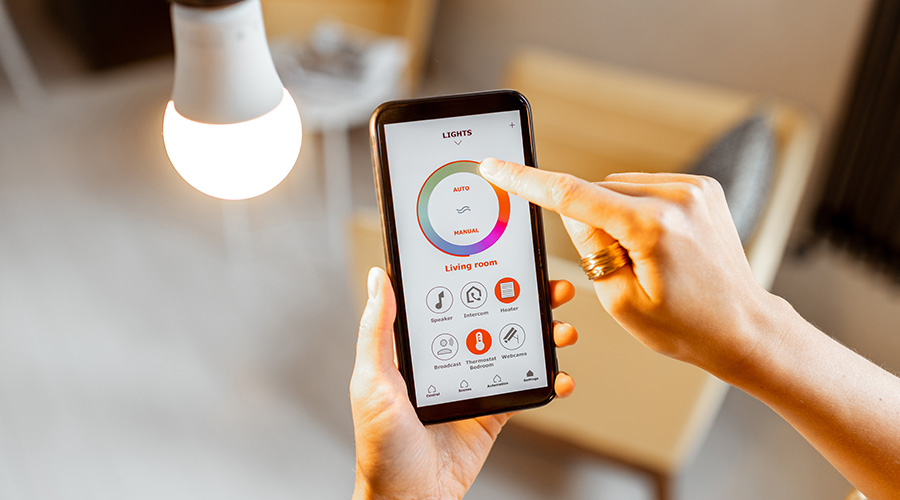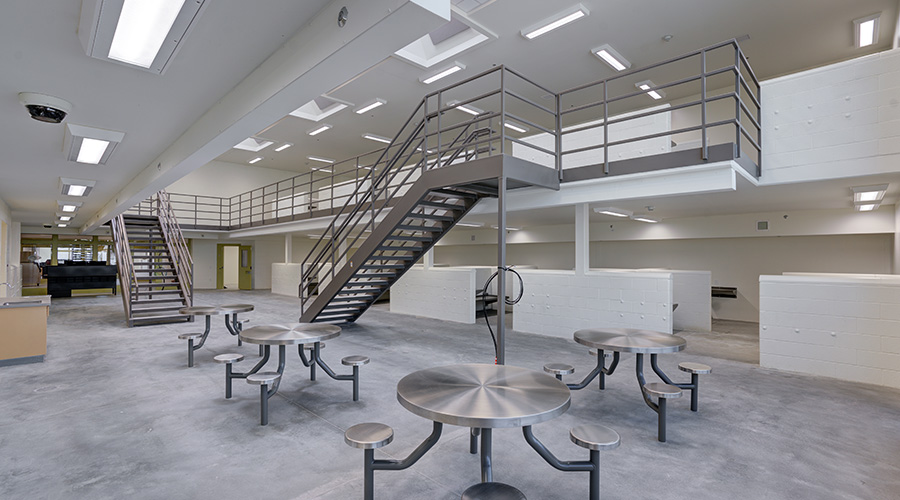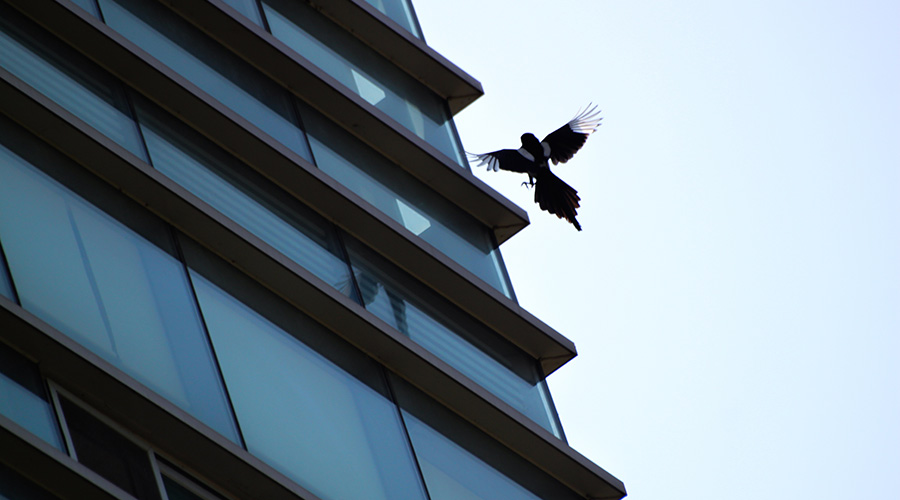Occupancy Sensors: Passive Infrared, Ultrasonic and Dual-Technology
Occupancy sensors use different technologies — including passive infrared (PIR), ultrasonic and dual-technology — to detect the presence or absence of occupants in a space. Some sensors also use acoustic detection.
PIR sensors detect occupants’ presence by sensing the difference between heat emitted by moving people and background heat. Ultrasonic sensors detect the presence of people by sending out ultrasonic sound waves into a space and measuring the speed at which they return. They look for frequency changes caused by a moving person.
PIR sensors require a direct line of sight between the sensor and occupants in a space. Because of this requirement, managers can strictly define the sensor’s coverage. Ultrasonic sensors cover the entire space and do not need a line of sight. As a result, they can detect people behind obstacles. They also are more sensitive to minor motions, such as hand movements.
PIR sensors are very suitable for enclosed spaces, wall-switch replacements, high-ceiling areas, spaces with high air flow, areas with direct line-of-sight viewing, and spaces in which it is necessary to mask unwanted detection in certain areas. Examples of these spaces include private offices, lobbies, warehouse aisles, hallways, computer rooms, laboratories, library book stacks, conference rooms, storage closets and outdoor spaces.
Issues that might complicate their application include low levels of motion by occupants, obstacles blocking the sensor’s view, and sensors mounted on sources of vibration or within 6-8 feet of air diffusers.
Ultrasonic sensors, meanwhile, are highly suitable for spaces in which a line of sight is not possible, such as partitioned spaces, and in spaces requiring a higher level of sensitivity. Examples of such spaces include restrooms, open offices, enclosed hallways and stairways.
Issues that might complicate their application include: ceilings higher than 14 feet; high levels of vibration or air flow, which can cause nuisance switching; and open spaces that require selective coverage, such as control of individual warehouse aisles.
Dual-technology sensors use both PIR and ultrasonic technologies, activating the lights only when both technologies detect the presence of occupants. This setup virtually eliminates the possibility of false-on problems, and requiring either technology to hold the lights on significantly reduces the possibility of false-off problems.
Appropriate applications include classrooms, conference rooms and spaces where a higher degree of detection is desirable.
Related Topics:















